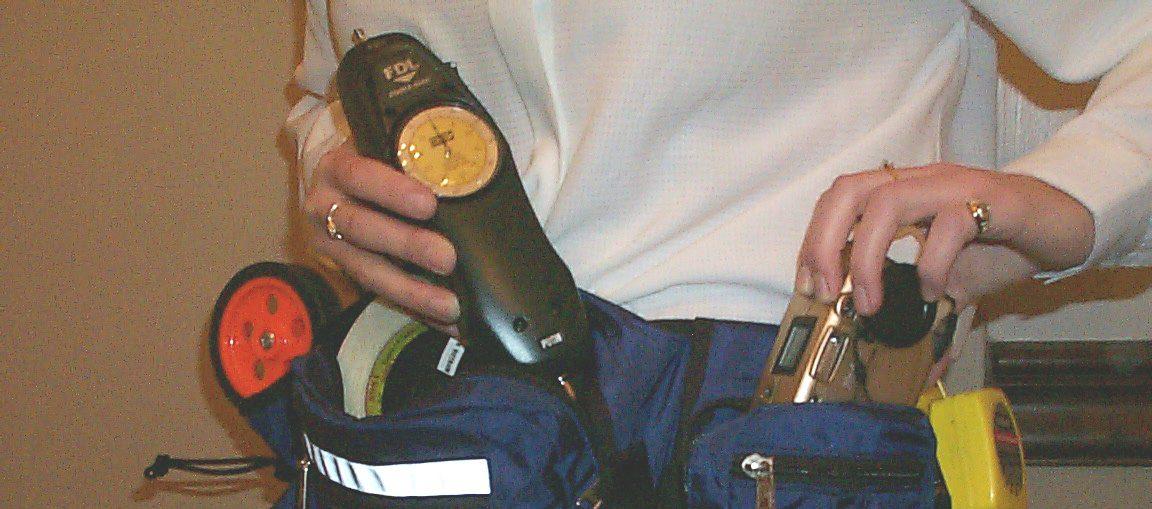Winter has finally left us in peace! Our minds are drifting to summer barbeques, beaches, and the fact that we won’t have to haul around a bulky jacket! It’s still only spring – is it too early to think about heat stress?
In winter, no one would think twice before gearing up to go outside into the cold. Yet in summer, few people consider how best to get ready for the heat. The human body adapts to heat; the first heat wave always seems hottest, even though the actual temperature is not even close to the peaks we see later in the season. This is because the body adapts by “acclimatising” to the heat. After you have been physically active in the heat for several days in a row, you can tolerate heat with less discomfort. Your body sweats more, and faster, to help cool you off. Your sweat contains less salt. Your heart becomes more efficient, and your body sends more blood to the skin’s surface, so it can cool off. You can help your body to adapt:
– Ensure that you drink enough; “enough” is usually more than you think! Drink a cup of water every 15 minutes when it’s hot. If your urine is dark yellow, you are not drinking nearly enough.
– Wear appropriate clothing for the weather; loose fitting, “wicking” materials are ideal. (Those “technical” shirts that runners wear really do wick sweat away from your skin better than cotton!)
– Don’t spend your entire weekend in an air conditioned environment; your body can lose its acclimatization in just a few days! If you do use air conditioning at home, don’t keep your house at a frigid temperature; you shouldn’t need sweaters to keep warm on a sunny day!
– While you want to maintain your acclimatization, be smart about what you do in the heat after work; if you have a heavy job to do at home, try to wait until after it has cooled down in the evening.
– Take frequent short breaks during heat exposure, especially during those first few days of summer. (Conversely, increase your exposure to heat gradually over the first few days, if possible.)
Heat stress is not caused solely by the higher temperatures of summer. An important factor to consider is humidity. Humidity is the amount of water vapour in the air. Evaporation of sweat from the skin is the predominant heat removal mechanism (ACGIH, 2008). If the humidity level is too high, the sweat will not be able to evaporate from your skin efficiently, and so you may experience discomfort or heat stress. Because humans perceive the rate of heat transfer from the body, rather than temperature itself, we feel warmer when the relative humidity is high than when it is low. Work environments exposed to damp conditions (for example, laundries, and restaurant kitchens) high humidity adds to the heat burden (CCOHS, 2008).
The cause of heat stress is a “working environment which can potentially overwhelm the body’s ability to deal with heat” (CCOHS, 2008). Using ergonomics assessment tools to evaluate the demands of the work is an important investment into health and safety. Our team at Taylor’d Ergonomics uses the University of Michigan’s Energy Expenditure Prediction Program to quantify (and then classify) the energy expended for a particular job. With this analysis, our ergonomists work with key stakeholders to help prepare for the coming summer season, to be proactive about heat stress. We usually use the ACGIH’s heat stress prevention guidelines to assist clients in setting up a policy which protects workers from heat-relative illness. Setting up a heat stress policy can be complicated and confusing, but we’ve done it before and we can help guide you through the choices that need to be made. Call us today (right away, before it gets hot!) for information.


